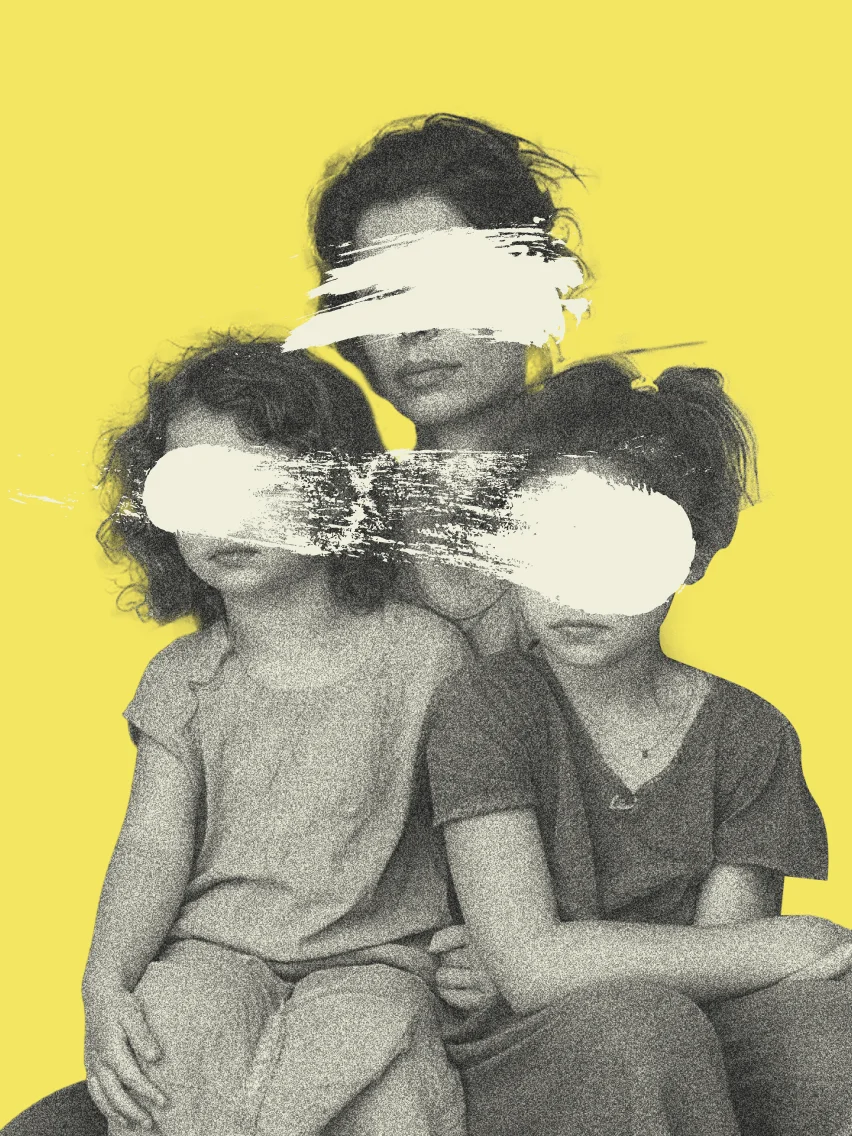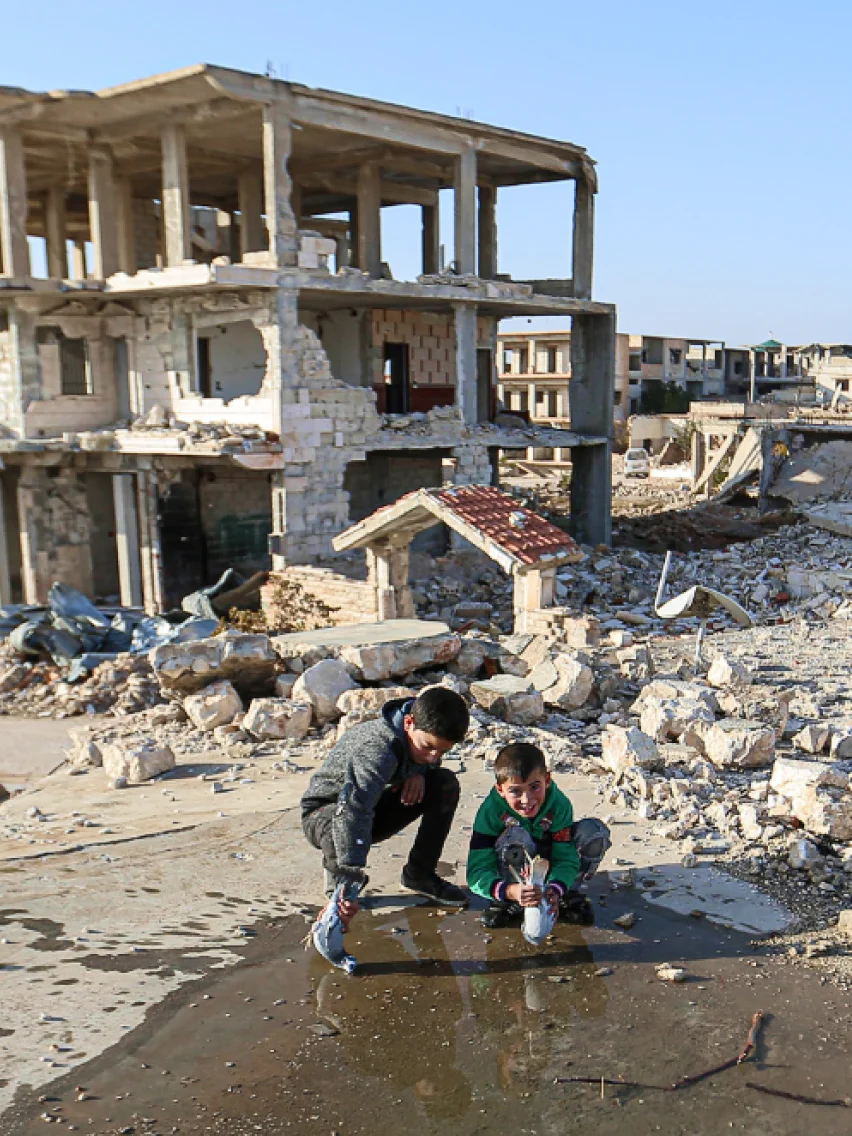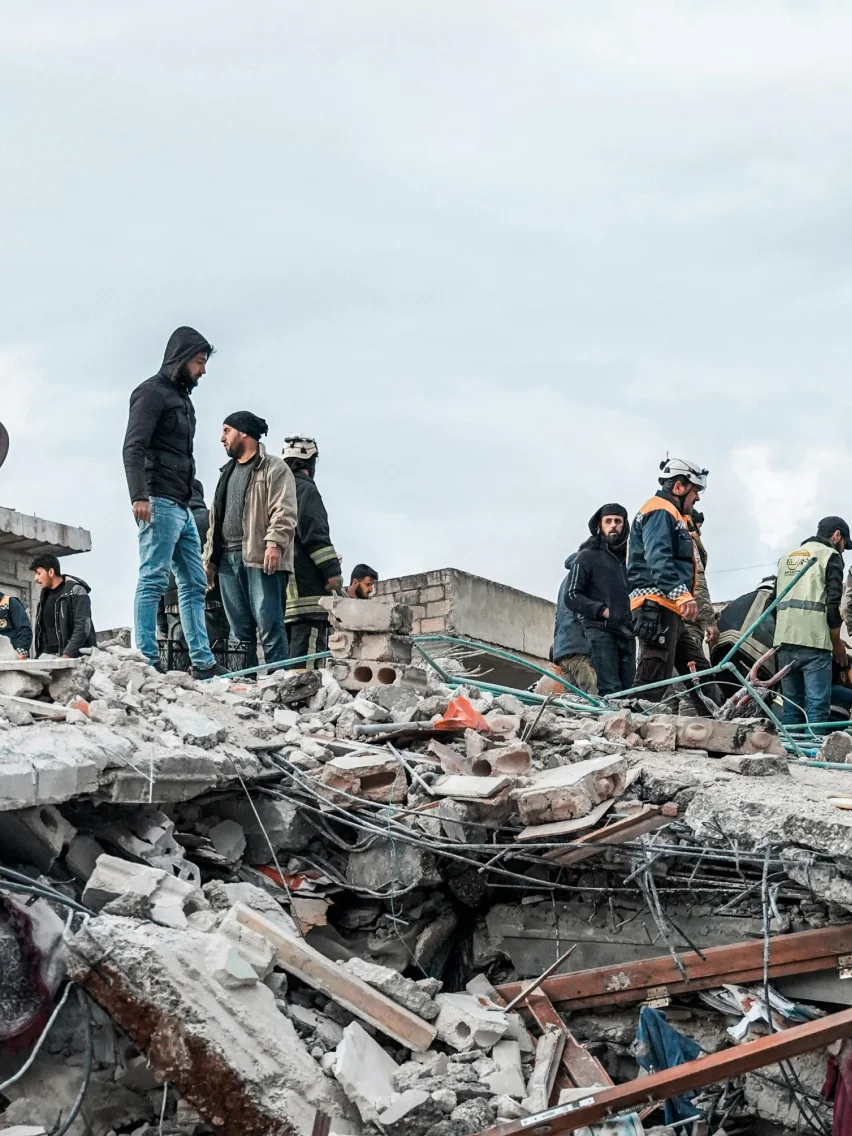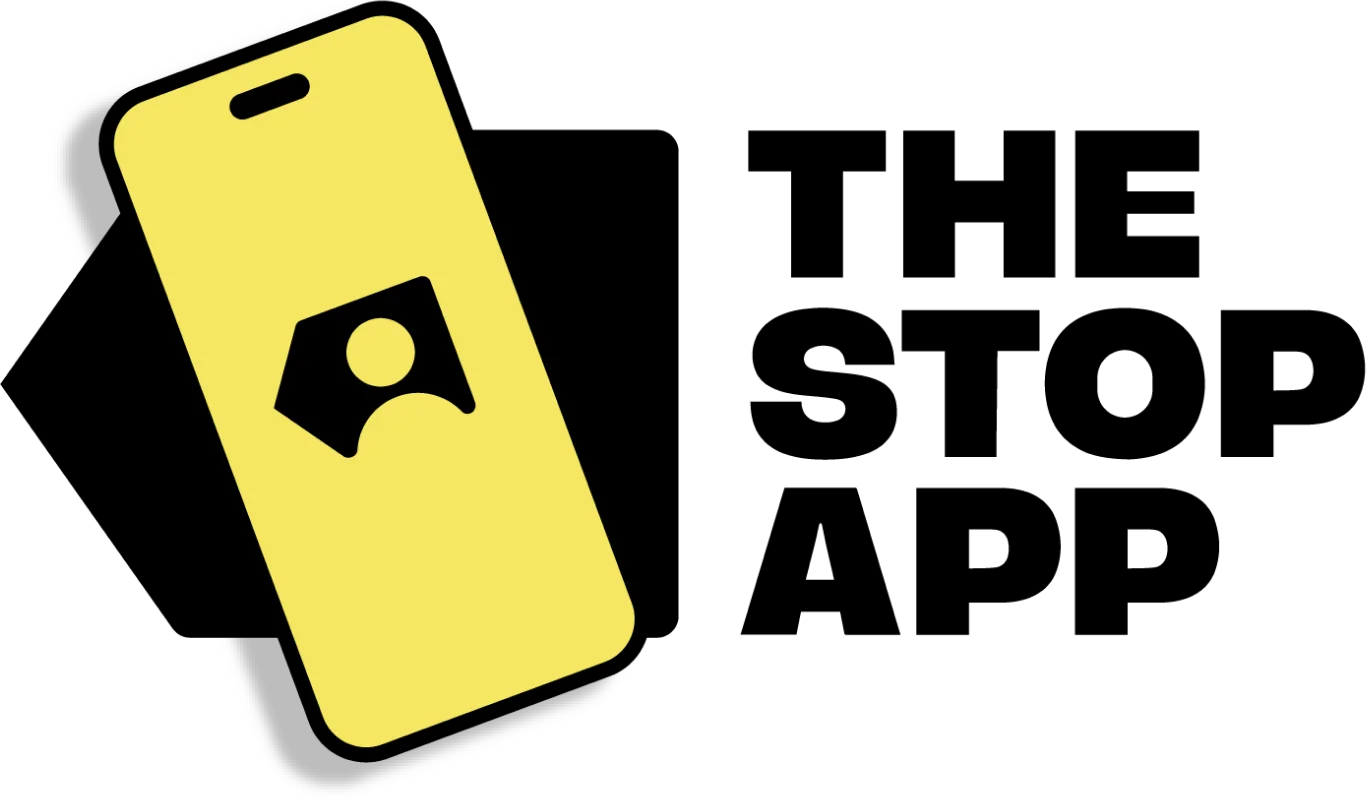Over the next three weeks, we’ll be spotlighting several members of the team, giving insight into the vital work we do. This week, one of our analysts gives us a deep dive into the importance of intelligence-led prevention, and explains how tech can help us build a richer picture of trafficking on the ground.
Tell us a little bit about your journey – how did you end up working for STOP THE TRAFFIK?
I first heard about STOP THE TRAFFIK at a tech for good event three years ago now. I remember being really impressed by their approach to data-led human trafficking prevention. At the time I was finishing my MSc and about to start a job in newsgathering. A couple of years later, when I saw that STT were recruiting an Analyst, I applied and, very fortunately, got the job.
We talk a lot about our ‘global data-set’, a comprehensive collection of almost 70,000 unique records of human trafficking globally. How do you and the team gather all of this data?
It’s a real mixture of streams. Some of the data is shared by partners, predominantly NGOs, some law enforcement, operating around the world whom my team have built a relationship with, and who send us anonymised versions of their cases. In these kinds of partnerships we tend to share back detailed analysis of trends including demographics, locations and the sectors in which exploitation is taking place from the gathered data so that partners can see the value of sharing information and the power of collaboration when sharing is done on a large scale. Other data is collected from open source channels, such as news websites, court databases, and social media. Anonymised records from our STOP APP are also added to the database. At the moment we are working to automate data collection and processing of human trafficking cases globally.
Can you tell us about how this data informs our campaigns?
My team collects and presents data both internally and to partners on the ground (these may include NGOs, law enforcement, government agencies, social services) to help target human trafficking prevention efforts around the world. Recent, anonymised cases are collected, analysed and utilised to inform where the likely hotspots are in a given area or country, which industries are the most affected, how people are being recruited and controlled, and who the most likely victims and traffickers are in terms of age, gender and nationality. Our Comms team will then work with the relevant partners on the ground and sometimes survivors to ensure that we create the right messaging for audiences in that area to make them more aware of the crime, their rights at work, and means of getting support if needed. These campaigns are disseminated through targeted social media advertising to ensure that we reach as many of the relevant audience as possible. We strongly believe that better informed communities increase the risk to traffickers and mitigate the risk of trafficking occurring in the targeted communities.
Why do you think technology is such a useful tool to have at our disposal?
For my team, tech is the difference between being able to collect, analyse and share a few hundred records a year compared to tens of thousands of records, all of which serve to create a richer picture of what is happening on the ground. Without having some understanding of how the crime is taking place, no one with the best of intentions or resources can hope to effectively coordinate efforts to prevent the crime.
What’s the most challenging/rewarding part of your role?
Endeavouring to teach machines to accurately pick out relevant case information from unstructured text, such as trafficking routes from news articles, has been the most technically challenging part of the work so far, even with the help of incredible industry partners. Analysing and visualising the data we have been able to collect, and using the gathered intelligence to inform campaigns that reach real people in difficult situations is undeniably the most rewarding part of the job, and the reason I wanted to work in this team in the first place.

 20.03.24
20.03.24
 14.03.24
14.03.24
 01.03.24
01.03.24
 09.02.24
09.02.24
